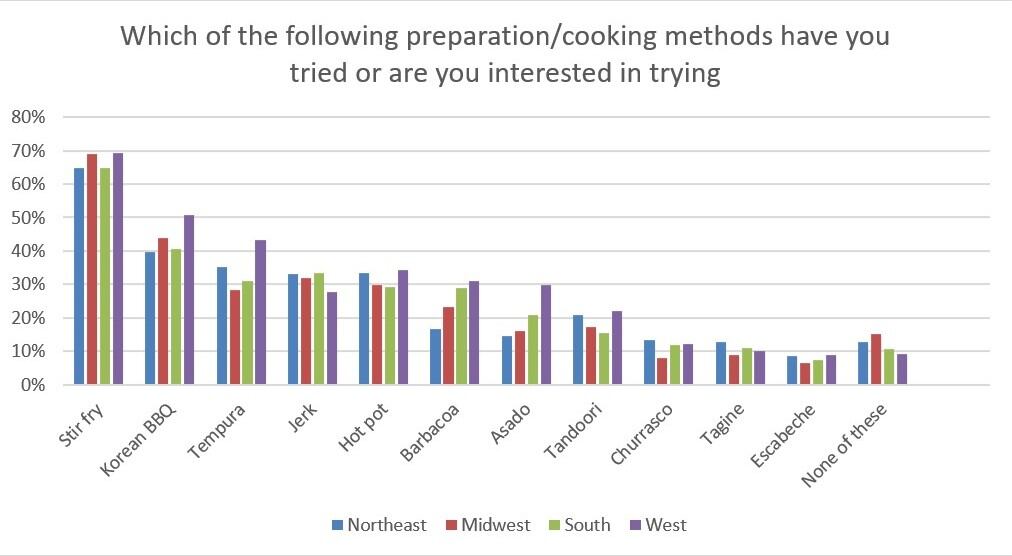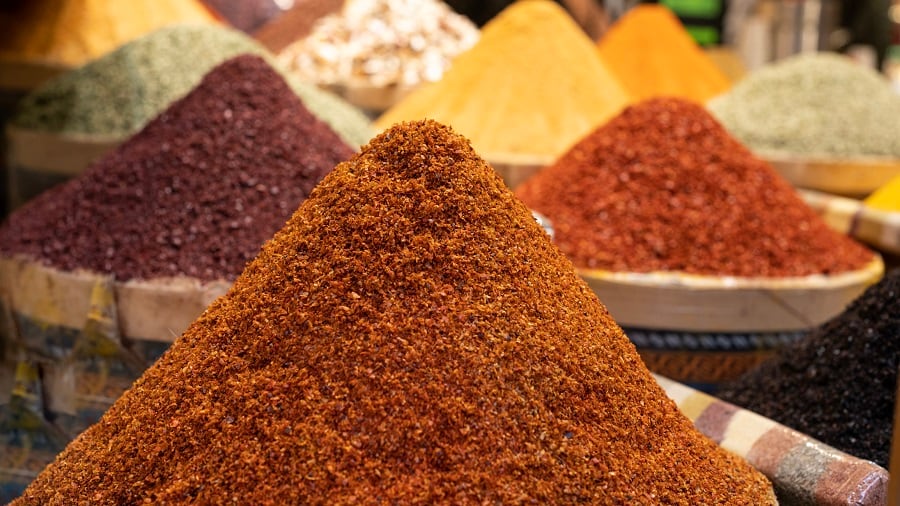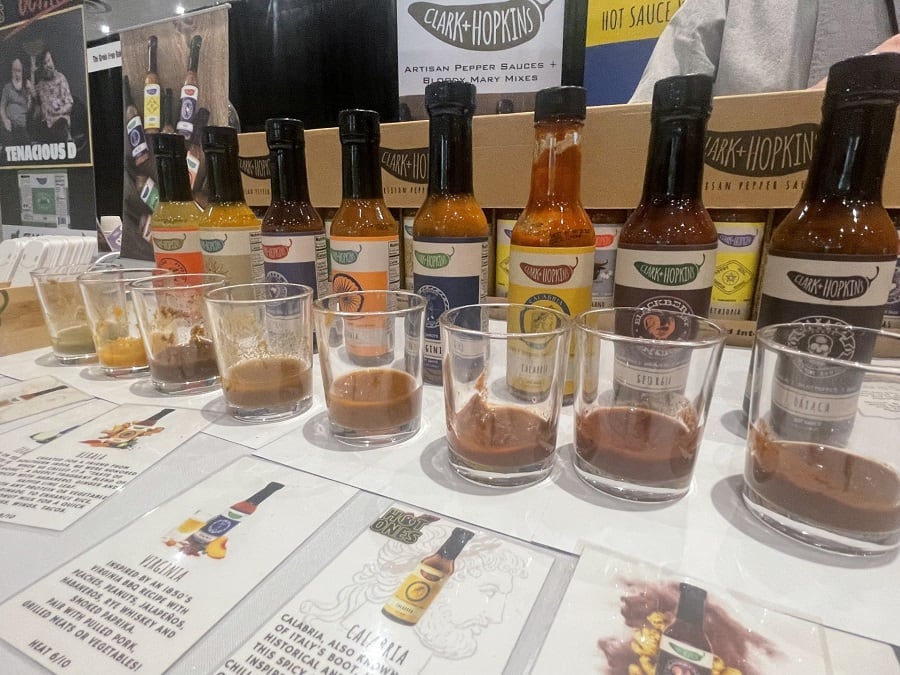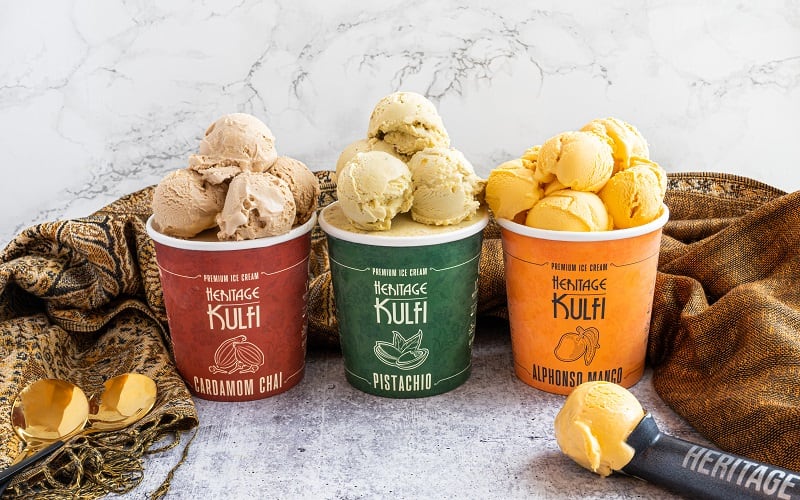“Global exploration continues despite economic concerns,” Resh explained, citing consumers’ willingness to experience new cuisines through travel after COVID as an impetus to “drive gastronomic experiences”—which opens up the opportunity for brands to innovate around new flavors inspired by international dishes.
Social media, cooking programs and cookbooks, among other avenues, are influencing flavor fusions where consumers look towards dynamic, complex profiles that create memorable culinary experiences.
For brands’ media strategy, Resh emphasizes the importance of developing targeted marketing that “educates consumers, sets expectations and encourages exploration.”
“Brands can find inspiration in traditional beverages hailing from trending cuisines”
With its inherent versatility, beverages serve as a natural canvas for incorporating global ingredients with functional properties while delivering invigorating and vivid taste experiences, explained Resh.
“Delving into international flavors and incorporating ingredients such as robust spices and zesty citruses can elevate even the most fundamental and budget-friendly beverages,” he added.
While flavors like yuzu, lemongrass or turmeric are still popular, “brands can find inspiration in traditional beverages hailing from trending cuisines,” including horchata, chai masala, bubble teas and Vietnamese iced coffee.
“These native beverages can provide a rich source of inspiration for creative endeavors,” he added.
Sweet and spicy flavors offer multi-dimensional depth
Spicy flavors, known for their physiological attributes, continue to pique consumers’ interest. Resh noted that the fusion between sweet and spicy flavors offers a multi-dimensional depth, “creating a world of opportunities when it comes to flavor, innovation and inspiration.”
Resh added, "A trend observed among Millennials is their heightened engagement with spicy elements from both Asian and Latin cuisines. Their adventurous palates seek out fiery experiences, including guajillo peppers and Thai chiles, reinforcing their reputation as heat-seeking connoisseurs."
Mexican cuisines like birria, a slow-cooked beef stew that can be used as a dipping sauce for tacos, and elote, grilled corn on the cob that’s garnished with chili powder, lime and cheese, are also satiating consumers’ curiosity to experience local global foods at home.
Within Asian cuisines, flavors like fish sauce, seaweed and furikake (a Japanese seasoning blend made of salt, sugar, nori and toasted sesame seeds) offer a more savory profile; while the pungent and spicy flavors of gochujang and kimchi provide an additional health halo with their perceived gut-friendly benefits.
With a blend of different spices depending on the region and even household, baharat’s complex flavor profile is a staple in many Middle Eastern cuisines. The blend typically features black pepper, cinnamon, cloves, cardamom, nutmeg, coriander and paprika to add depth to a wide range of dishes from meat to soup to rice.
While part of the chili pepper family, aleppo peppers’ salt-cured process results in a mild flavor with notes of raisins, prunes and sun-dried tomatoes, adding a fragrance, fruity and tangy flavor profile to Middle Eastern dishes.
From West Africa, the Bambara groundnut, which is part of the legume family, exhibit a similar flavor profile to peanuts, albeit slightly sweeter and less oily, while also a source of protein which can be an addition to plant-based dishes.
Interest in cooking methods offer insight to untapped opportunities in flavor development
Stir fry, Korean BBQ, tempura and jerk are ranked as the most popular formats, according to Mintel. While hot pot, barbacoa, asado and tagine are ranked as the least popular, “underscoring an untapped opportunity,” Resh added.

“Across various categories, marketers can harness the mutually reinforcing relationships between cooking techniques (consider the smoky art of Carolina BBQ) and the corresponding flavor profiles (tangy, sweet, and vinegar-infused) that define iconic dishes like pulled pork. Aligning awareness of global cuisines with their associated flavor profiles can address the existing disconnect and elevate appreciation for the rich tapestry of international culinary traditions,” explained Resh.




